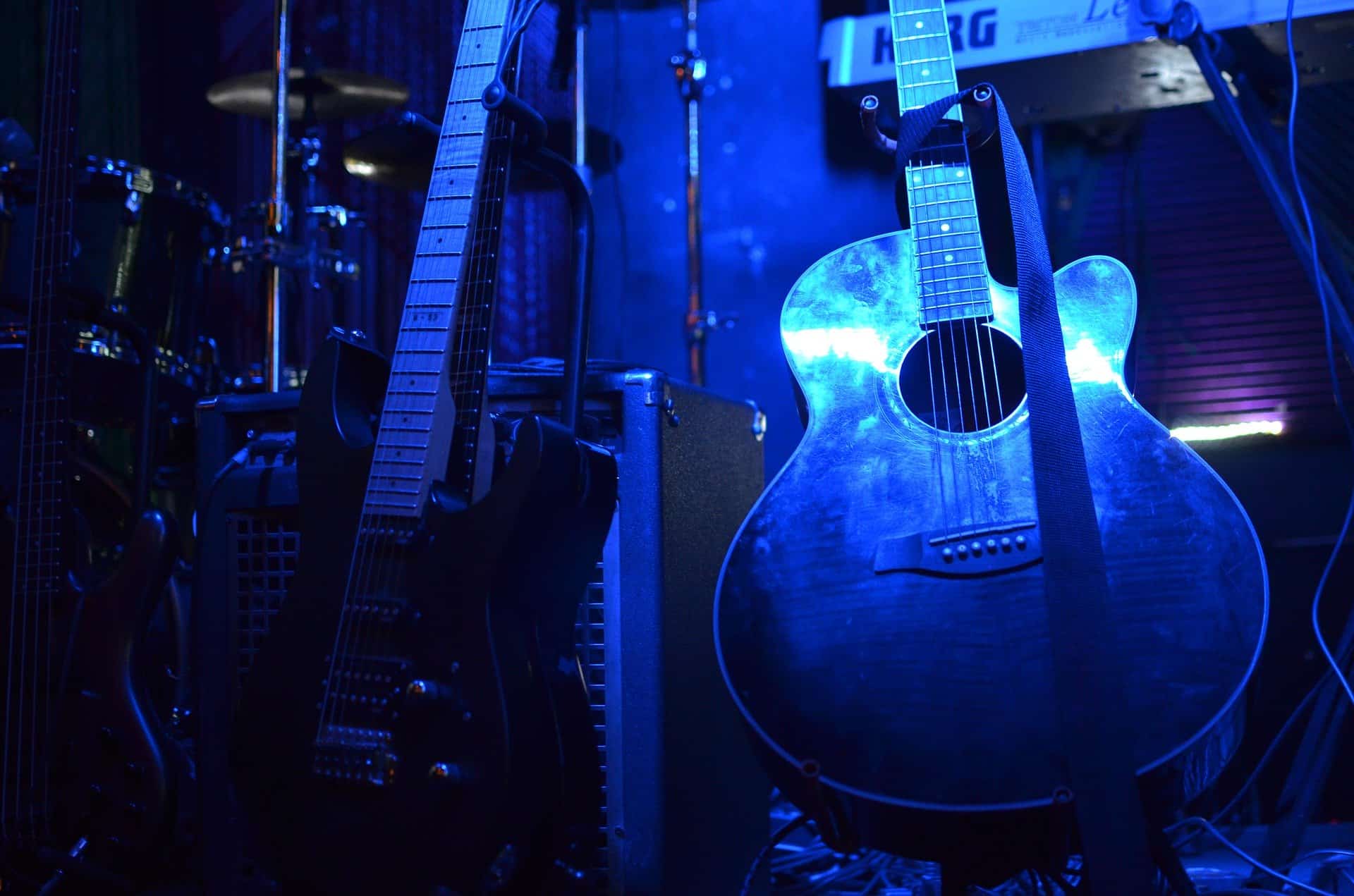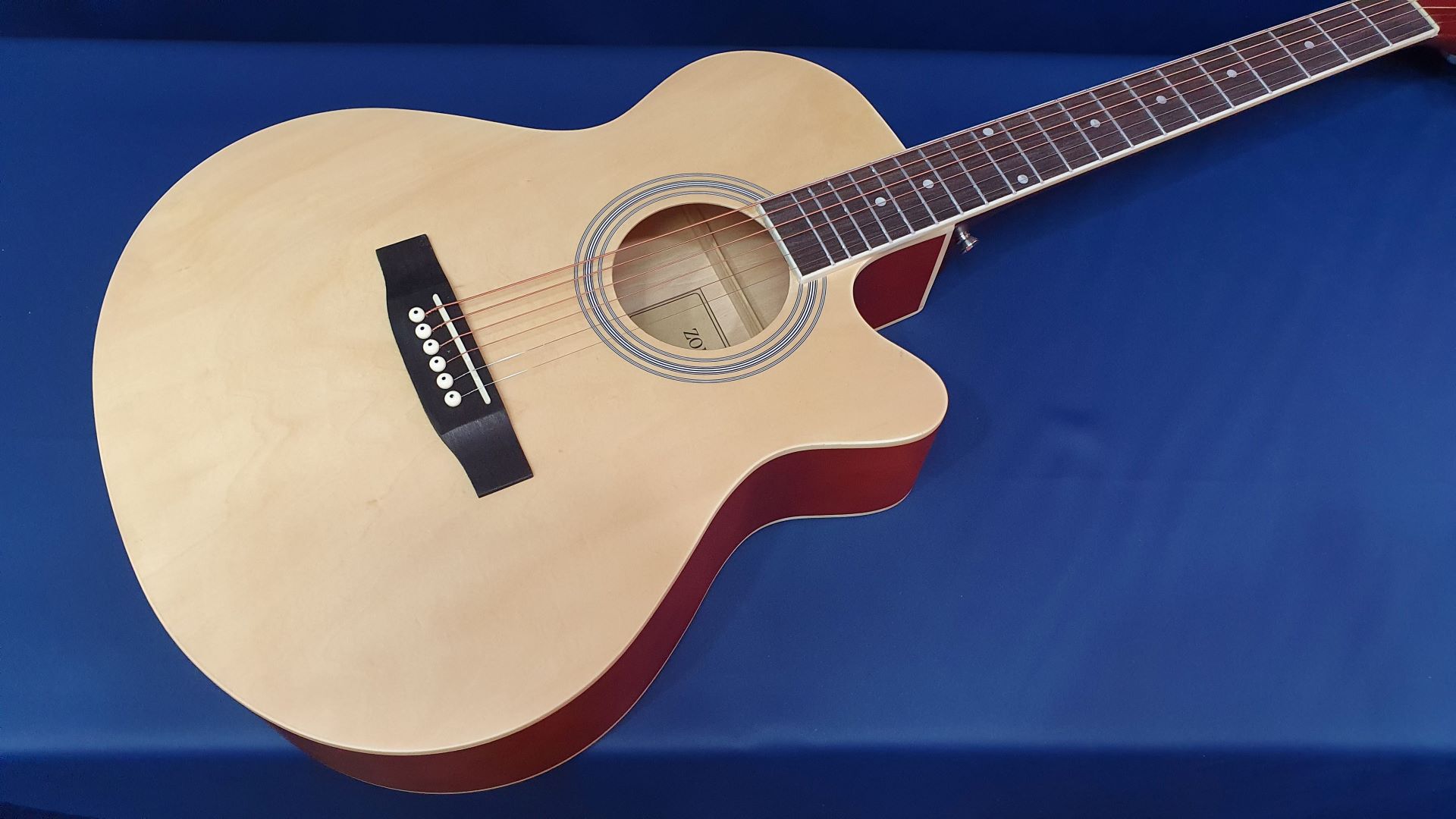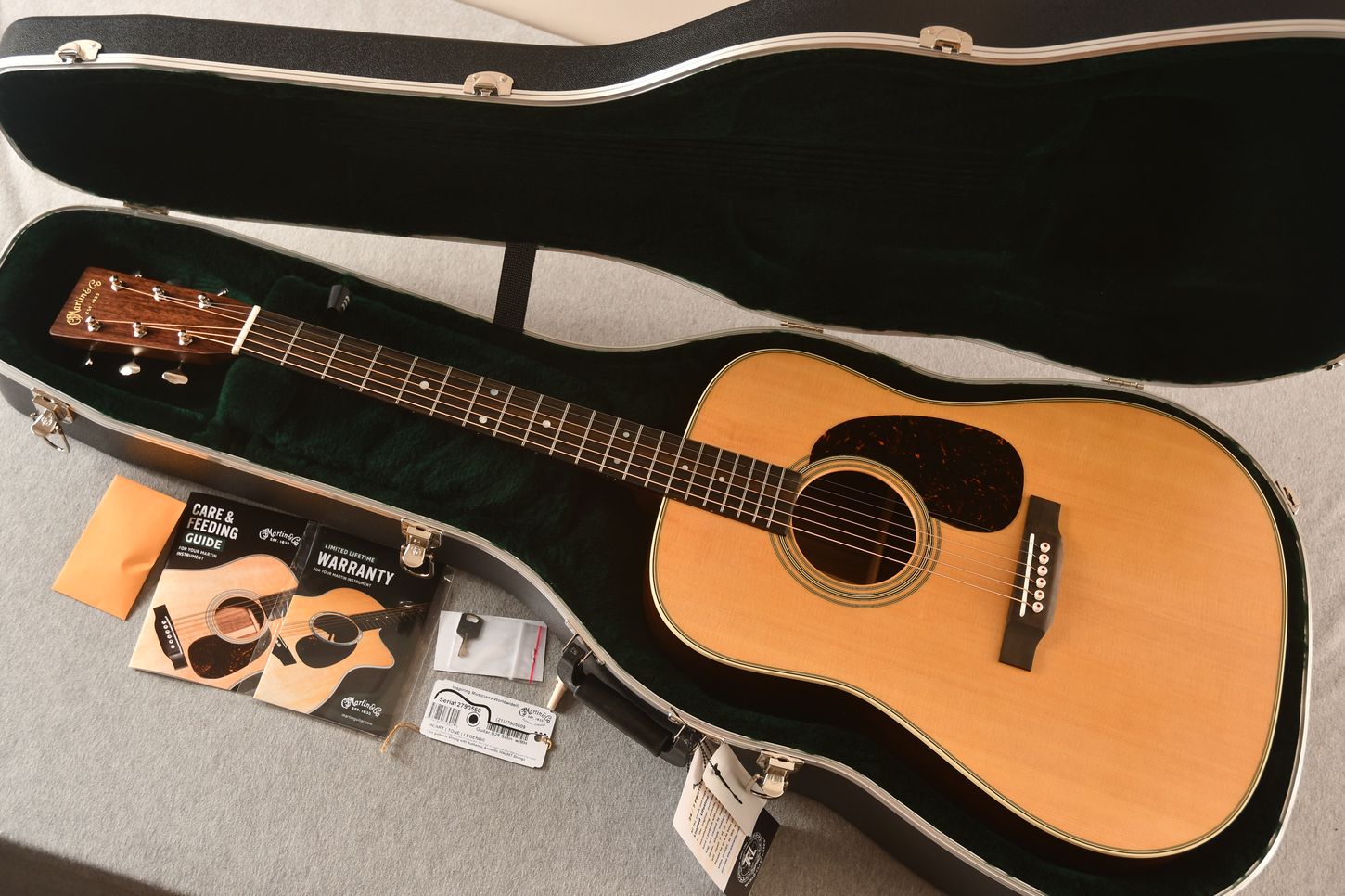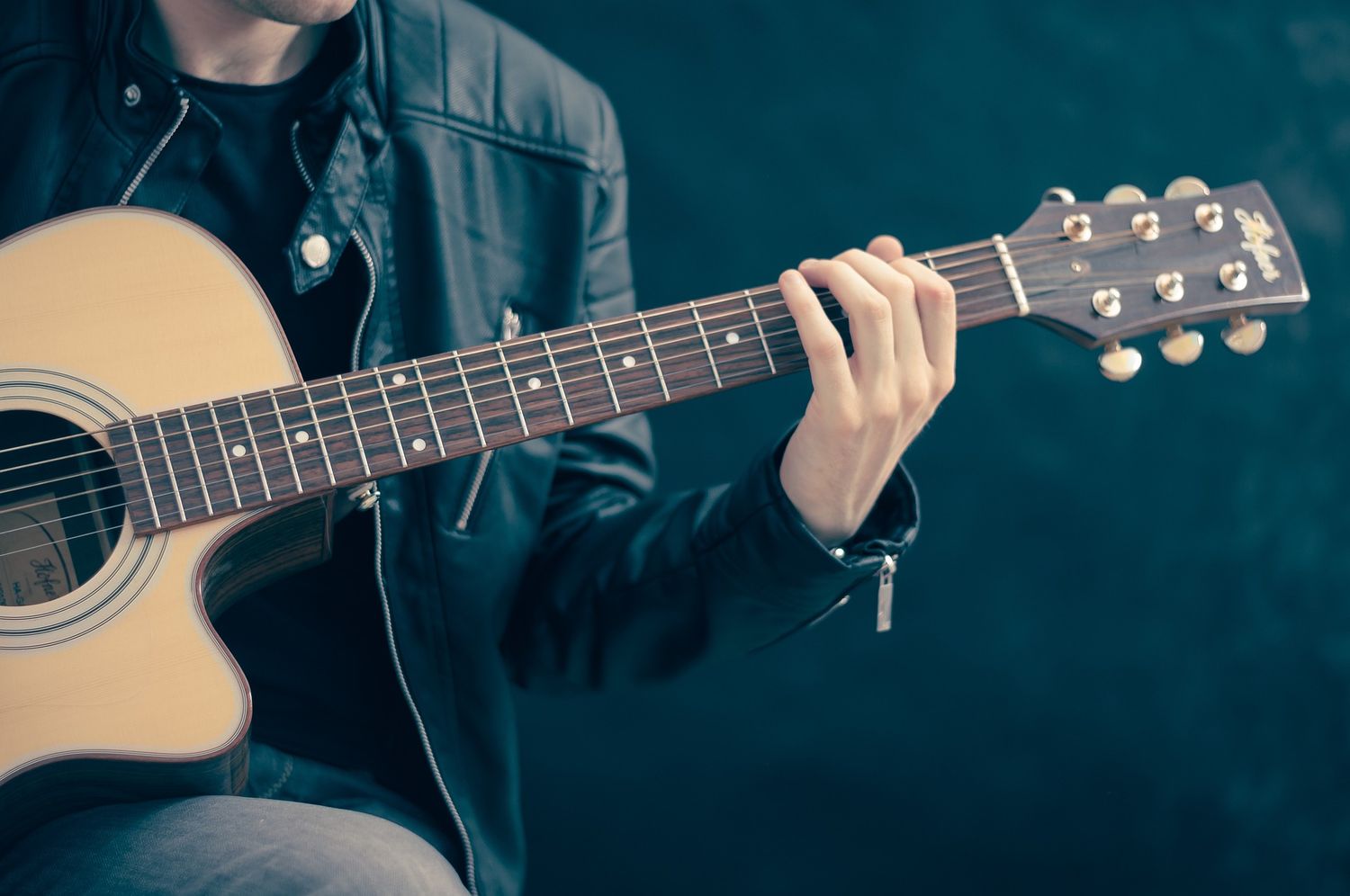Home>Production & Technology>Acoustic>What Does The Phase Button Do On My Electro-Acoustic Guitar
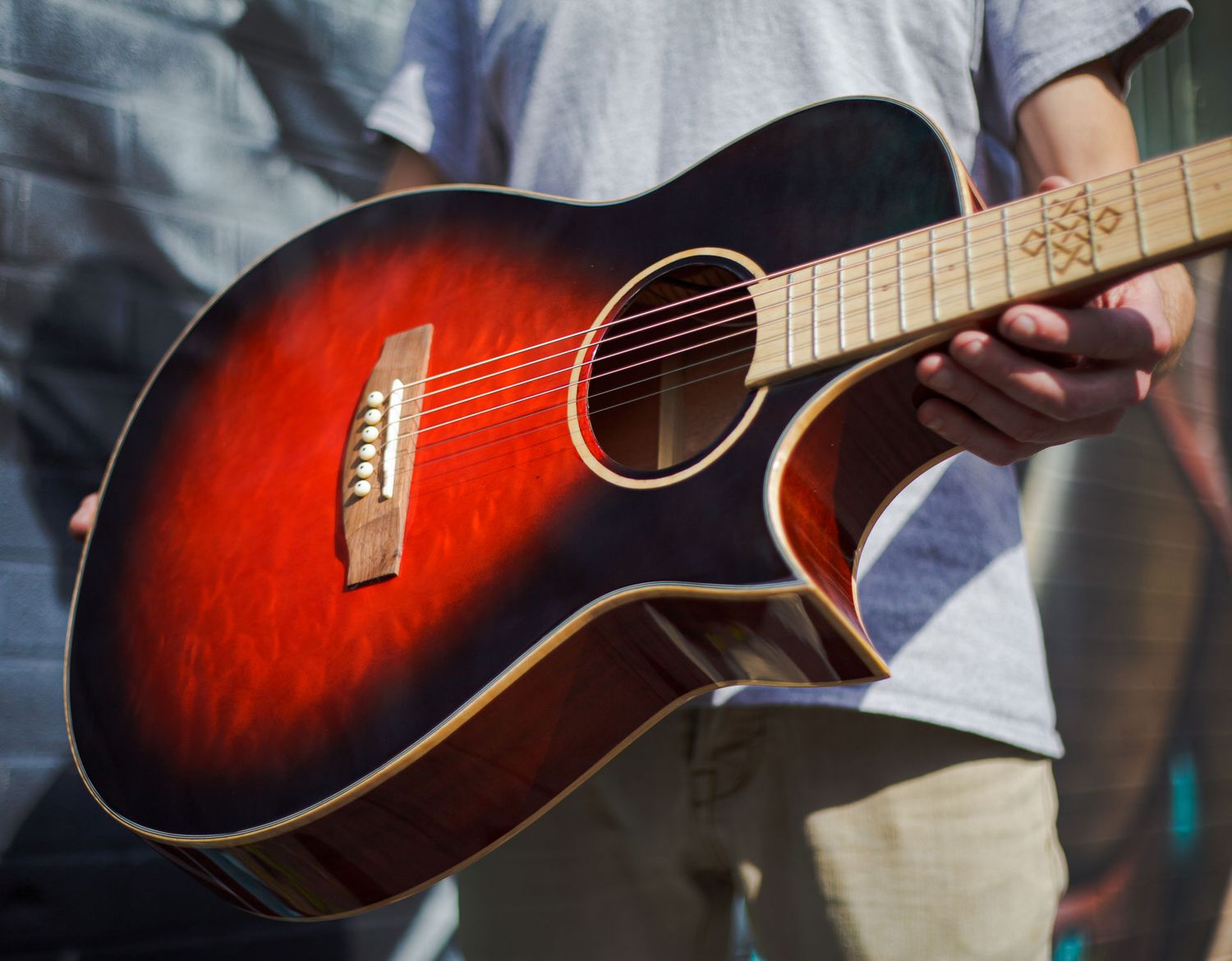

Acoustic
What Does The Phase Button Do On My Electro-Acoustic Guitar
Published: March 11, 2024
Learn how to use the phase button on your acoustic guitar to enhance your sound. Discover the benefits of this feature for your performances.
(Many of the links in this article redirect to a specific reviewed product. Your purchase of these products through affiliate links helps to generate commission for AudioLover.com, at no extra cost. Learn more)
Table of Contents
Introduction
When it comes to playing an electro-acoustic guitar, there are various features and controls that can significantly impact the sound produced. One such feature that often raises questions among guitarists is the phase button. This small, unassuming button located on the guitar's preamp or control panel plays a crucial role in shaping the instrument's sound. Understanding the purpose and function of the phase button is essential for any guitarist looking to optimize their acoustic performance.
The phase button is a simple yet powerful tool that can make a noticeable difference in the way an electro-acoustic guitar interacts with amplification and sound systems. While its impact may not be as immediately apparent as, say, adjusting the volume or tone controls, the phase button can be a game-changer in achieving the desired sound quality.
In this article, we will delve into the intricacies of the phase button on electro-acoustic guitars, exploring its function, benefits, and practical tips for maximizing its potential. Whether you're a seasoned guitarist or a newcomer to the world of electro-acoustic instruments, understanding how to leverage the phase button can elevate your playing experience and sonic output. So, let's embark on a journey to unravel the mysteries and advantages of this unassuming yet indispensable feature.
Understanding the Phase Button
The phase button, often found on the preamp or control panel of electro-acoustic guitars, is a feature designed to address phase-related issues that can arise when the instrument is amplified. To comprehend the significance of the phase button, it's essential to grasp the concept of phase in the context of sound reproduction.
In the realm of audio engineering, phase refers to the relationship between multiple sound waves. When two or more sound waves are in phase, their peaks and troughs align, resulting in constructive interference that reinforces the overall signal. Conversely, when sound waves are out of phase, they can interfere destructively, leading to signal cancellation and a loss of sonic integrity.
In the context of electro-acoustic guitars, phase-related challenges often emerge when the instrument's acoustic sound waves interact with external amplification and sound reinforcement systems. This interaction can lead to issues such as feedback, uneven frequency response, and sonic inconsistencies, particularly when the guitar is used in conjunction with microphones or other instruments.
The phase button serves as a tool to address these challenges by allowing the player to manipulate the phase relationship between the guitar's internal pickup and the external sound system. By engaging the phase button, the player can effectively invert the polarity of the guitar's signal, altering the phase relationship and mitigating potential issues caused by phase cancellation.
It's important to note that the impact of the phase button can vary depending on the specific amplification setup and the acoustic environment in which the guitar is being played. Experimentation with the phase button in different settings can provide valuable insight into its effects on the instrument's sound.
In summary, the phase button on electro-acoustic guitars is a valuable tool for managing phase-related issues that can arise when the instrument is amplified. By understanding the role of phase in sound reproduction and the function of the phase button, guitarists can harness this feature to optimize their sonic output and ensure a consistent, high-quality sound in diverse performance scenarios.
Benefits of Using the Phase Button
The phase button on an electro-acoustic guitar offers a range of benefits that can significantly enhance the instrument's sonic performance and overall versatility. Understanding and utilizing this feature can empower guitarists to overcome common challenges associated with amplified acoustic sound reproduction. Here are the key benefits of using the phase button:
-
Feedback Control: One of the primary advantages of the phase button is its ability to mitigate feedback issues. When playing an electro-acoustic guitar at higher volumes or in proximity to loudspeakers, feedback can become a persistent problem. By engaging the phase button, guitarists can effectively manage feedback by adjusting the phase relationship between the guitar's pickup and the amplification system. This can result in a more stable and controlled sound, allowing for confident and dynamic performances without the distraction of disruptive feedback.
-
Tonal Optimization: The phase button can contribute to tonal refinement, particularly when the guitar is used in conjunction with other instruments or microphones. By manipulating the phase relationship, guitarists can fine-tune the instrument's tonal characteristics, ensuring that it blends seamlessly within a mix or ensemble. This level of control over the guitar's tonal output can be invaluable in achieving a balanced and cohesive sonic landscape in live performances and studio recordings.
-
Sonic Consistency: In diverse performance environments, maintaining sonic consistency can be a challenge for electro-acoustic guitarists. The phase button offers a means to address this issue by allowing players to adapt the instrument's sound to different amplification setups and acoustic spaces. Whether performing in intimate acoustic settings or larger venues, the ability to adjust the phase relationship can help ensure that the guitar's sonic integrity remains intact, delivering a consistent and reliable sound experience to both the performer and the audience.
-
Versatility in Sound Shaping: By leveraging the phase button, guitarists gain an additional tool for sound shaping and experimentation. The ability to invert the polarity of the guitar's signal opens up creative possibilities, enabling players to explore unique tonal textures and sonic effects. This versatility can be particularly valuable for artists seeking to push the boundaries of traditional acoustic guitar sounds and incorporate innovative sonic elements into their music.
-
Adaptability to Different Pickup Systems: As electro-acoustic guitars come equipped with various pickup configurations, including piezo, magnetic, and microphone systems, the phase button offers a means to optimize the instrument's interaction with different pickup types. By adjusting the phase relationship according to the specific pickup system in use, guitarists can ensure that the instrument's amplified sound remains coherent and well-balanced, regardless of the pickup's inherent sonic characteristics.
In essence, the phase button empowers guitarists to address common challenges associated with amplified acoustic performance, offering a range of benefits that contribute to enhanced sound quality, control, and creative expression. By harnessing the potential of the phase button, guitarists can elevate their playing experience and unlock new sonic possibilities, ultimately enriching their musical journey with the electro-acoustic guitar.
Tips for Using the Phase Button
-
Experimentation is Key: Take the time to experiment with the phase button in various performance settings and amplification configurations. By actively engaging with the phase button and observing its impact on the guitar's sound, you can gain valuable insights into its practical applications and tailor its usage to suit specific performance scenarios.
-
Listen Closely: When adjusting the phase button, listen closely to the changes in the guitar's sound. Pay attention to how the tonal characteristics and sonic balance are affected. This attentive approach will enable you to make informed decisions about when and how to utilize the phase button for optimal sonic results.
-
Collaborate with Sound Engineers: In live performance settings, collaborate with sound engineers to fine-tune the phase settings. Sound engineers possess valuable expertise in optimizing sound reinforcement systems, and their input can help you achieve an ideal phase relationship between the guitar and the amplification setup, ensuring a cohesive and professional sonic output.
-
Adapt to Different Performance Spaces: Be adaptable when using the phase button in diverse performance spaces. The acoustic properties of different venues can influence the effectiveness of phase adjustments. By remaining flexible and responsive to the acoustic environment, you can optimize the guitar's sound for each specific setting, whether it's an intimate coffeehouse or a spacious concert hall.
-
Integrate with Other Instruments: When performing alongside other instruments, consider how the phase button can contribute to a balanced and integrated sonic blend. Experiment with the phase settings to ensure that the guitar's amplified sound complements and interacts harmoniously with other instruments, contributing to a cohesive and immersive musical experience.
-
Record and Evaluate: When recording with an electro-acoustic guitar, take advantage of the phase button to achieve an optimal sonic capture. Recordings provide an opportunity to evaluate the impact of phase adjustments in a controlled environment, allowing you to refine the guitar's amplified sound for studio productions and personal projects.
-
Maintain Balance in Ensemble Playing: In ensemble playing scenarios, use the phase button to maintain sonic balance and prevent phase-related conflicts with other amplified instruments. By judiciously adjusting the phase relationship, you can contribute to a harmonious and well-balanced ensemble sound, enriching the overall musical performance.
-
Embrace Creative Exploration: Embrace the phase button as a tool for creative exploration. Experiment with unconventional phase settings to uncover unique sonic textures and effects. By pushing the boundaries of traditional acoustic guitar sounds, you can infuse your music with innovative and captivating sonic elements, adding depth and originality to your artistic expression.
By incorporating these tips into your approach to using the phase button, you can harness its potential to optimize the amplified sound of your electro-acoustic guitar, adapt to diverse performance scenarios, and explore new avenues of sonic creativity.
Conclusion
In conclusion, the phase button on electro-acoustic guitars represents a valuable asset for guitarists seeking to optimize their amplified sound and overcome common challenges associated with live performances and studio recordings. By understanding the function and benefits of the phase button, guitarists can harness its potential to achieve enhanced sonic control, tonal refinement, and adaptability in diverse performance scenarios.
The phase button's ability to address phase-related issues, such as feedback control, tonal optimization, and sonic consistency, empowers guitarists to deliver a polished and professional sound, whether performing in intimate acoustic settings or larger venues. Its role in shaping the instrument's sonic character and integrating seamlessly with other instruments underscores its significance as a versatile tool for sonic expression and ensemble playing.
Furthermore, the practical tips for using the phase button provide valuable guidance for guitarists looking to maximize its potential. From experimentation and attentive listening to collaboration with sound engineers and creative exploration, these tips offer a roadmap for leveraging the phase button effectively in various performance contexts, ensuring a cohesive and compelling sonic output.
Ultimately, the phase button serves as a testament to the intricate relationship between technology and musical expression, offering guitarists a means to navigate the complexities of amplified acoustic sound reproduction with finesse and creativity. As guitarists continue to explore the sonic possibilities of electro-acoustic instruments, the phase button stands as a steadfast ally, enriching their musical journey with its capacity for sonic refinement and artistic exploration.
In the ever-evolving landscape of acoustic music, the phase button remains a steadfast ally, empowering guitarists to shape their sonic identity and deliver captivating performances that resonate with audiences. As guitarists continue to explore the sonic possibilities of electro-acoustic instruments, the phase button stands as a testament to the enduring quest for sonic excellence and creative innovation in the realm of amplified acoustic music.

